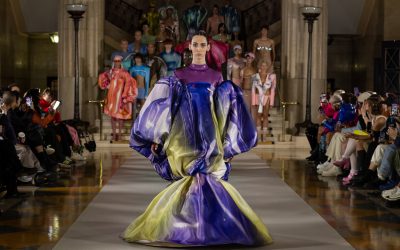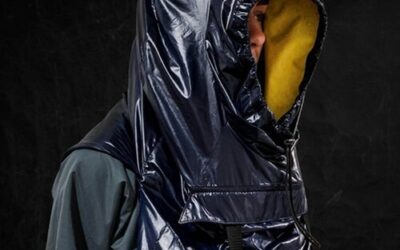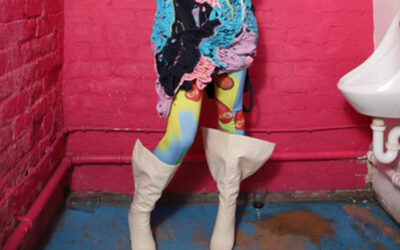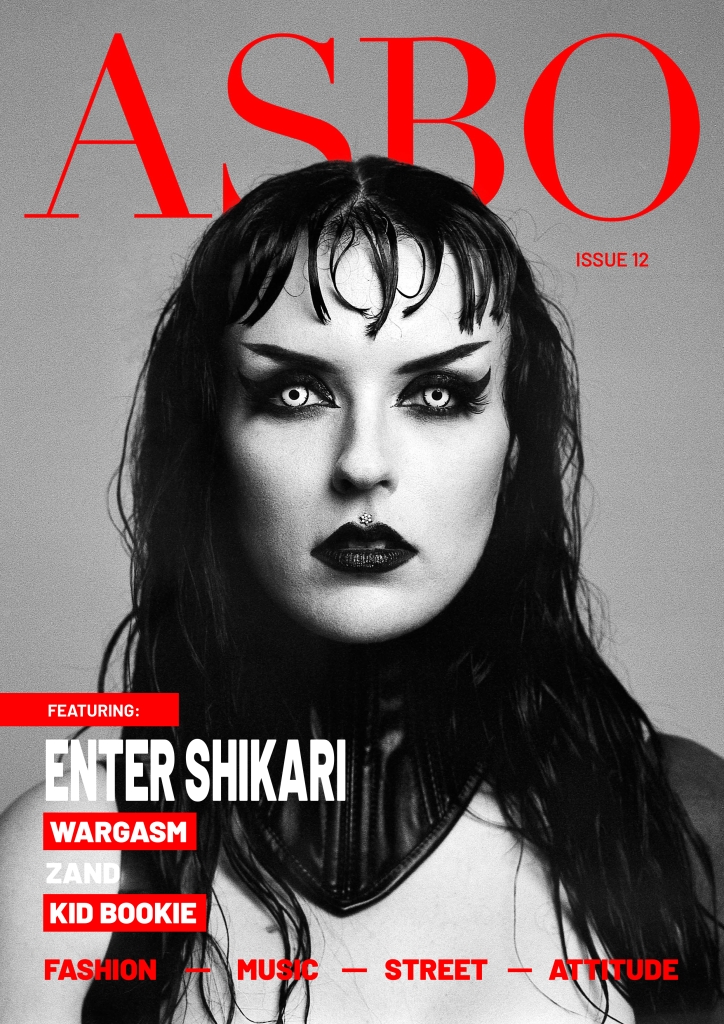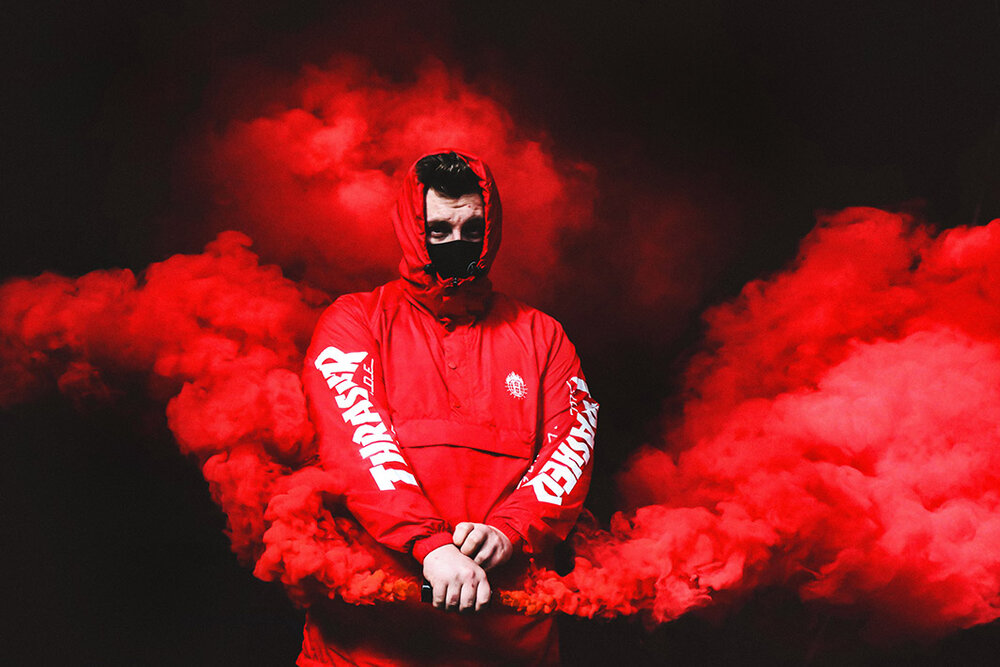
Counterfeit’s roots and Youth fashion is possibly the clearest language of self-expression and identity, driving demands and desires. As youth quakes push boundaries of changes, aesthetics become the hotbed for originality and individuality. The race to adopt unique aesthetics has made Streetwear the new currency of style for young expressionists globally.
Factors such as exclusivity, drop culture and limited editions to manufacture and amplify hype are bred into the very business models of luxury streetwear, and younger artistic directors like Off-White’s Virgil Abloh and Vetements’ Demna Gvasalia are at the forefront of this. It’s a stark contrast to Streetwear’s humble origins as influential but democratic styles that arose from expression not market.
However, while the spirit and tenacity of Streetwear reign stronger than ever, its diversity has reduced drastically due to the blurring of lines between high fashion and sub culturally attuned designs, and because of homogenization of its market. This shift has catapulted Streetwear to cult status as drops in accessibility linked to premium pricing became the norm, ultimately visioning a new version of Luxury.
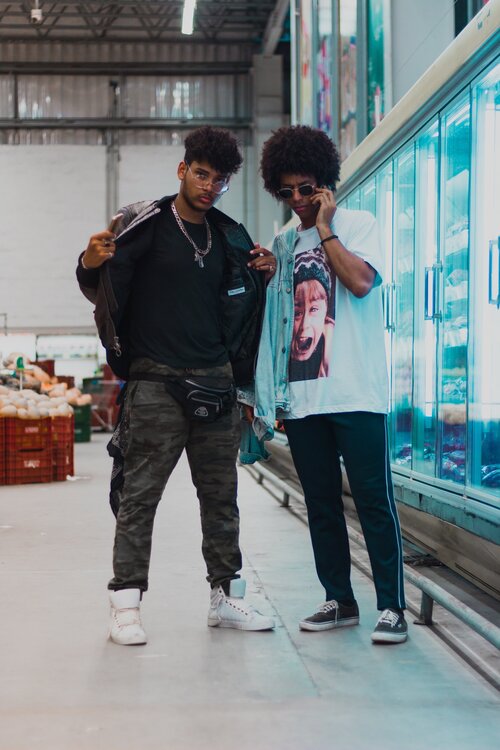
While it’s great news for a desperate-for-newness fashion & lifestyle industry this results in a large population of aspiring youth – some who are streetwear’s long-standing fans – to remain empty-handed due to a narrower reach. Add to it the complications perpetuated by a resale market, counterfeiting turns out to be the only respite towards addressing their desires in an over-saturated lifestyle market.
While Counterfeit itself isn’t a new concept to fashion – Louis Vuitton has more counterfeited products to its name than any other luxury brand – it’s now amplified reach poses newer opportunities (of engaging with emerging markets) and challenges (to curb an ever-increasing illicit race of empowering youth culture and their need to look cool and trendy). Structures holding Counterfeiting whilst Counterfeit brings in a sense of cool affordability to aspiring consumers it also works as a successful business model.
Indian youth culture while being relatively less aesthetically motivated is still intensely invested in the counterfeit culture as luxury Streetwear prices are still considerably high for a majority of the youth population. Palika Bazaar is the largest underground air-conditioned shopping site of the country, located in the bustling city of Delhi witnesses a surge of crowd every day to buy knock-offs of trendy items which have risen in desirability due to improved mobile networks giving access to social media. Delhi also boasts to be India’s largest destination to thrift and counterfeit products in the Sarojini Nagar market which attracts pan-India and global footfalls.
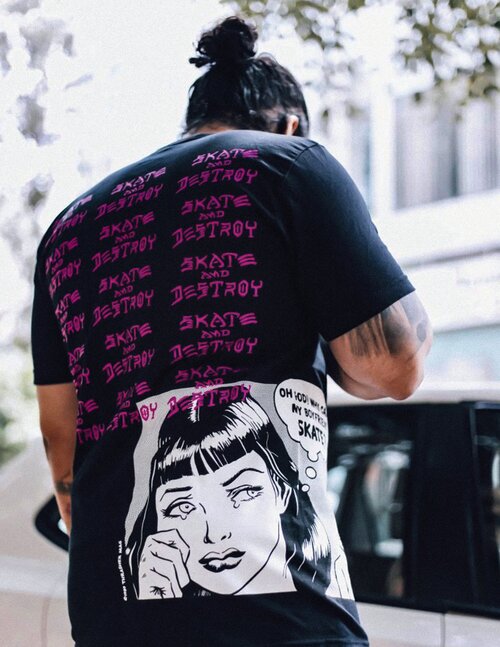
Much of its lanes are filled with affordable replicas of luxury streetwear bands fuelled by a rising middle class demographic, aspiring youth cultures inspired by the Western aesthetics and younger audiences becoming economically independent sooner than ever. While Counterfeit culture has created myriad complexities for fashion and lifestyle businesses there are arguments that support Counterfeiting Culture might actually be good for the global fashion industry. Kal Raustiala and Christopher Sprigman specify in their 2012 book The Knockoff Economy that “fashion not only survives despite copying, it thrives due to copying.” In what the authors call “Piracy Paradox” they find that rampant copying within industries with ambiguous legal boundaries, such as in fashion, often spur innovation. Also, there is growing evidence that suggests counterfeiting works as a free advertising via peer endorsement for the brands, which pumps desirability on a larger scale. Youth psychology around counterfeit culture According to many replica enthusiasts and sellers, lines between authentic and knock off is being blurred at an alarming rate.

Structures holding Counterfeiting Whilst Counterfeit brings in a sense of cool affordability to aspiring consumers it also works as a successful business model.
The culture of knock-offs, which is essentially the economy of rip-off versions to luxury and high fashion have been in operation for as long as mass-market demands been soaring, allowing affordable price tags on the visibly similar runway and retail designs to be stocked and bought. Knock-offs are now made unique by tweaking details that procreates newer aesthetic identities building upon the replicated brand’s existing ones.
Highsnobiety recently interviewed a Moscow based “counterfeit seller” where he stated there are those who come in wearing authentic Raf Simons who agree there is little to no difference in its counterfeited cousins.
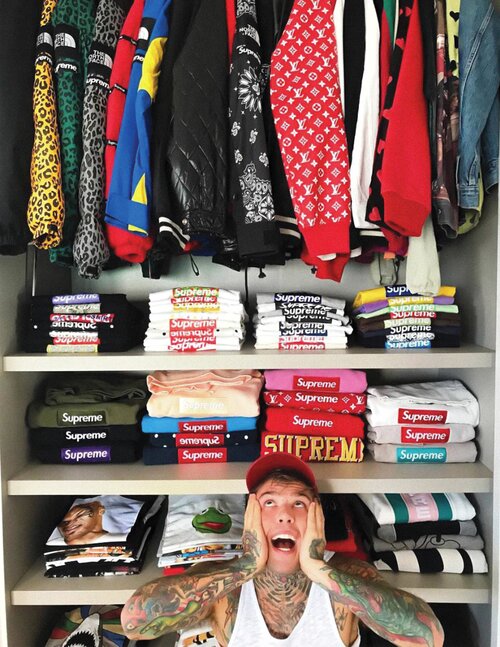
This is essentially due to the changing psychology of the emerging needs of Gen Z along with peaking of Millennial aspirations. The Millennial youth generation has laid the foundation to most contemporary consumption values globally including sustainability, ethicality and authenticity in design, experiences and innovation in products.
This susceptibility to prioritize experiences over branded products led the millennials to create cross-pollination avenues for luxury and streetwear. Get Z consumers on the other hand, favour expression over experience and individuality over originality according to a report from the International Trademark Association (INTA), stating 82% of Gen Z U.S. shoppers consider intellectual property is as or more important than physical property rights. Affordability is a higher priority to Gen Z than morality in most cases, and this mindset has effectively led the counterfeit culture among the youth population to have a tumultuous expansion especially in cities like Seoul, Moscow and Hong Kong which have high Gen Z demographics.
The growth of counterfeit culture seems to be slowing down but will it be enough to change the youth’s perspectives towards this consumption paradigm, or will novel mediums continue its spread, impact and influence. Evidence suggests there is likely possibility for both scenarios to pan out though their potency will differ based on market strengths, regulatory policies and youth mindsets. Shaking up the economics of expression Counterfeit culture is building lifestyle stocks stronger than we give it credit for.
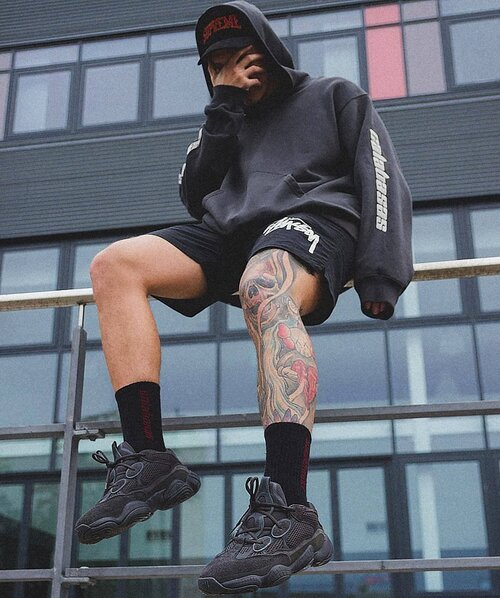
What started as an underground mode of expression of fashion and style in an effort to democratize them, turned into a frenzy with Streetwear becoming the unrivalled youth uniform. But the perspectives towards replicas and knock-offs are changing as influential designers and brands are catching on the counterfeit culture in creating unique forms of expressions.
Gucci’s Alessandro Michele showed Fake Gucci T-Shirts emblazoned in their resort 2017 collection, shirts that read Gucci reflecting a trend of misspelling witnessed in bargain marketplaces, Vetements bringing “real fakes” to the mass market. In October 2016 Vetements held an “official fake” garage sale outside Seoul, bringing the bootleg culture to a humorous impact. Counterfeit Culture is here to stay as it stokes youth’s desire to express their tastes with contemporary styles that’re affordable and aesthetic.
Ultimately, expression and desirability are known to trump exclusivity, and evidently to young expressionists authenticity often matters lesser than their association to a brand, tribe or an idea.






